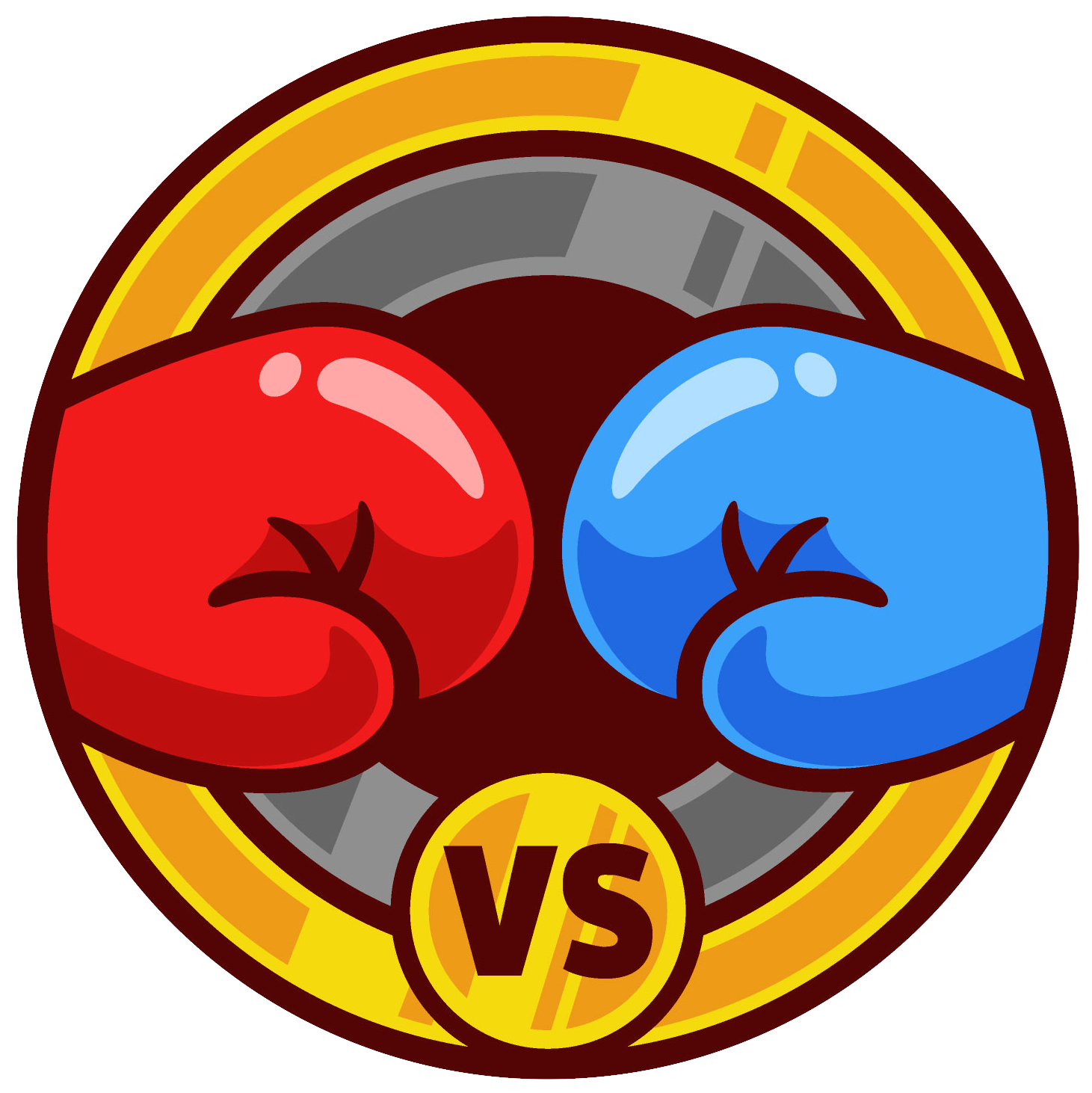The super-middleweight division, officially established in the mid-1980s, has rapidly become one of the most electrifying weight classes in professional boxing. With a limit set at 168 pounds, this category has birthed a roster of legendary fighters who have left an indelible mark on the sport. Unlike heavier classes that often prioritize brute strength, super-middleweights showcase a nuanced blend of speed, skill, and strategy, allowing them to engage in some of the most captivating bouts in boxing history.
As we entered the latter part of the 20th century, the division began to gain traction, producing fighters known not only for their physical prowess but also for their distinct fighting styles. From the raw power of sluggers to the finesse of slick boxers, the super-middleweight division has become a veritable melting pot of talent. Moreover, the presence of boxing icons like Thomas Hearns and Sugar Ray Leonard—who graced the division for shorter stints—added glamour and a historical allure that keeps fans intrigued.
Exploring the Greatest Super-Middleweights
In an era where fighters continuously strive for greatness, discussions around who deserves a spot among the elite are inevitable. Recently, former world champion Carl Froch engaged in such a discourse, sharing his top five rankings of super-middleweights during an interview with Sky Sports. His list has served as a catalyst for spirited dialogue among boxing enthusiasts.
Froch ranks Mikkel Kessler at number five, a decision that resonates with fans who admire Kessler’s grit and skill inside the ring. The Danish boxer faced numerous high-stakes bouts and came out victorious in several memorable clashes. Joe Calzaghe, another monumental figure in the division, is positioned fourth on Froch’s list. The mention of Calzaghe opens up an ongoing debate about greatness, igniting nostalgia for his undefeated career and remarkable defensive skills.
What’s particularly fascinating is Froch’s own self-assured assertion of his number three ranking. While some may view this as a dash of arrogance, others see it as necessary confidence from a fighter who has downed formidable opponents and engaged in fierce rivalries. His assessment of Andre Ward at number two reflects the respect for Ward’s achievements, fortified by an undefeated record and significant victories over tough competition.
Assessing the Power Players and the Missing Links
At the pinnacle of the rankings, Froch places Roy Jones Jr., a decision with which many boxing fans would concur. Throughout his peak years, Jones was a force of nature, employing a unique combination of speed and agility that made him nearly untouchable. While Froch’s choices largely celebrate contemporary fighters, his exclusion of legends like Hearns and Leonard might stir discontent. It’s hard not to recognize their abilities—both Hall of Famers excelled in their time, yet their limited tenure in the super-middleweight division makes their absence in Froch’s list somewhat justifiable.
However, failing to include James Toney in the mix is a curious oversight. Known for his incredible boxing acumen and adaptability, Toney had some defining moments in and out of the super-middleweight class that merit acknowledgment, showcasing the division’s rich history.
The Rivalry of Froch and Calzaghe: Unfinished Business
Perhaps the most captivating aspect of Froch’s rankings lies in his contentious relationship with Joe Calzaghe. Their careers, shadowed by the looming question of an unfulfilled match, evoke a mixture of curiosity and regret among fans. Having fought several epic bouts, Froch always perceived Calzaghe’s absence from his own era with a sense of rivalry that adds depth to the narrative of super-middleweight boxing. Would a clash between these two legends have solidified one as the unequivocal champion of the ring?
As we dissect Froch’s list and the ongoing debates it inspires, it’s evident that the super-middleweight division remains a focal point in boxing discussions. With its multifaceted history, the rise of both fighters and legends, and the question of legacy, the conversation will undoubtedly continue—fueling both nostalgia and a desire for recognition among the sport’s greats.


Leave a Reply